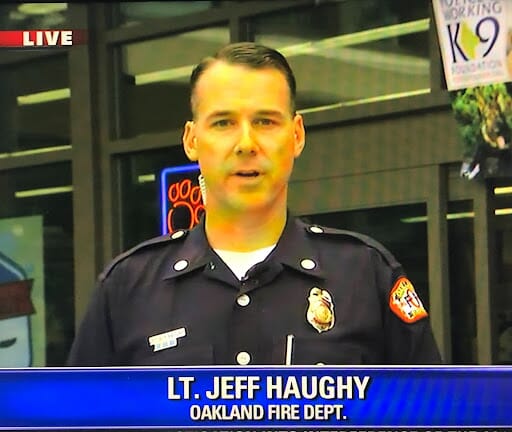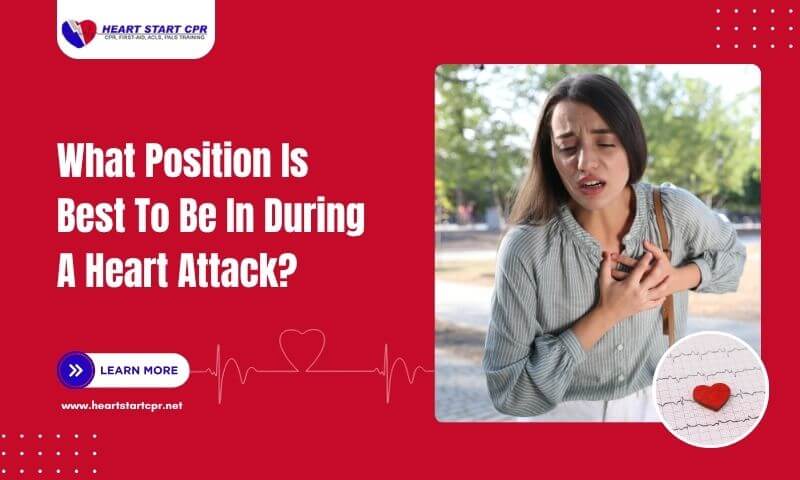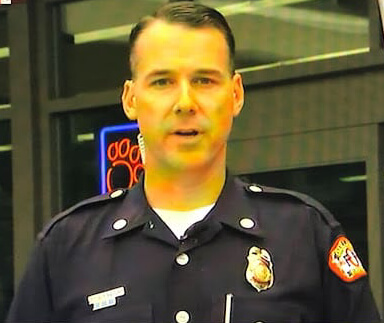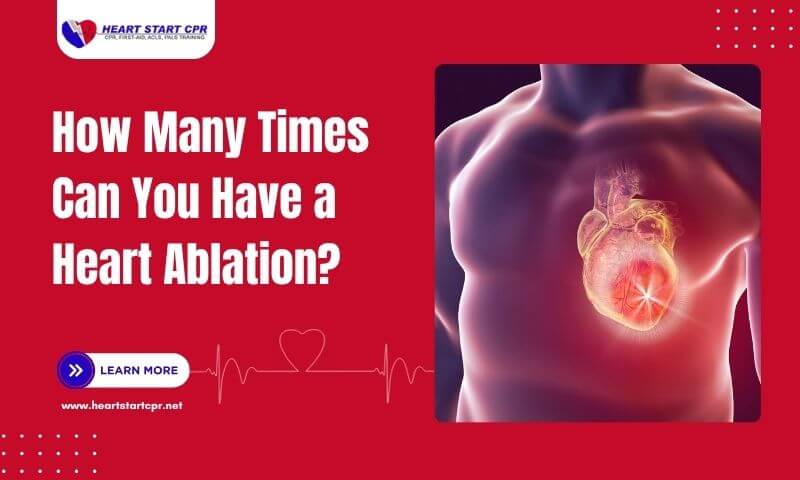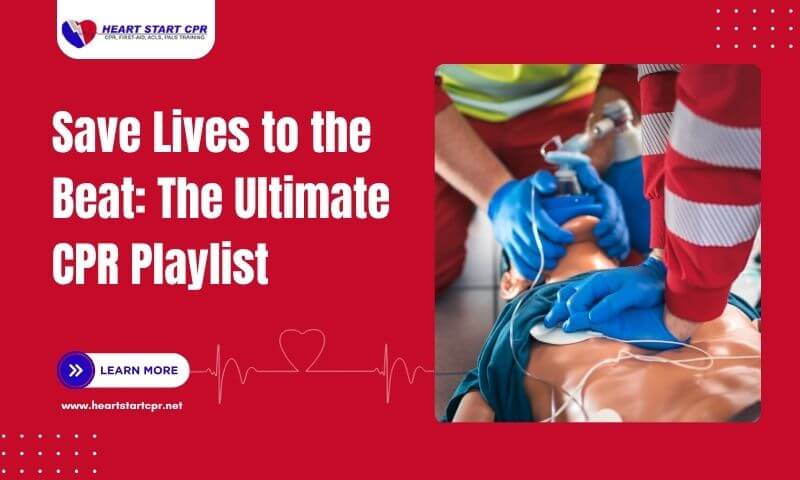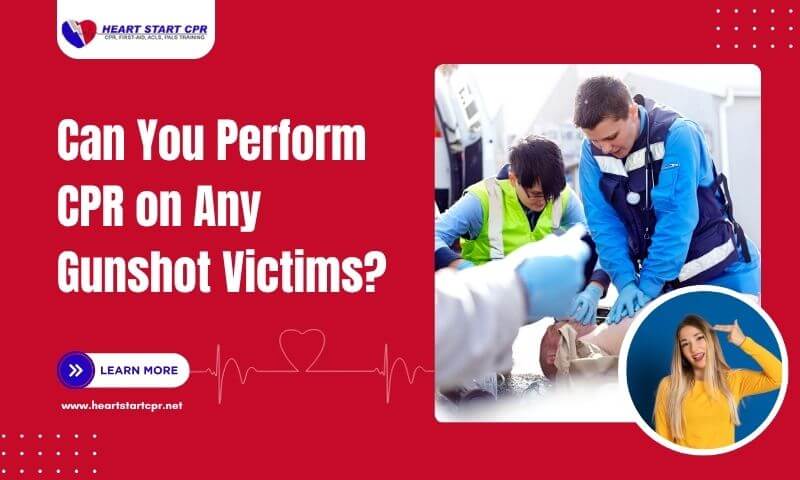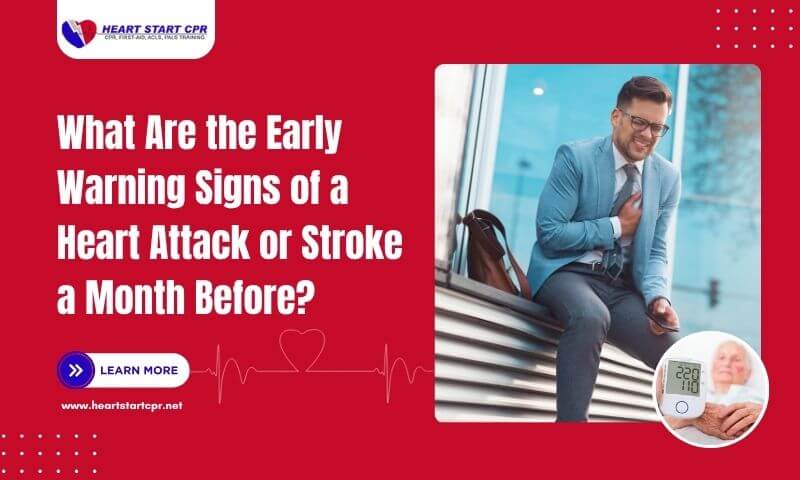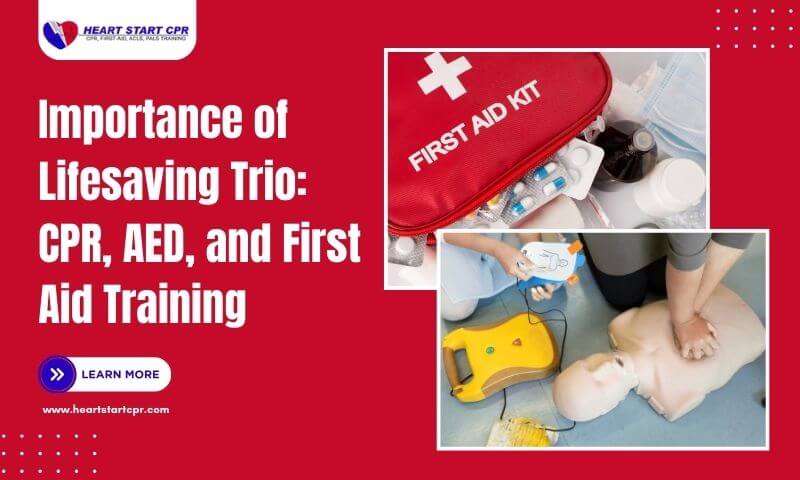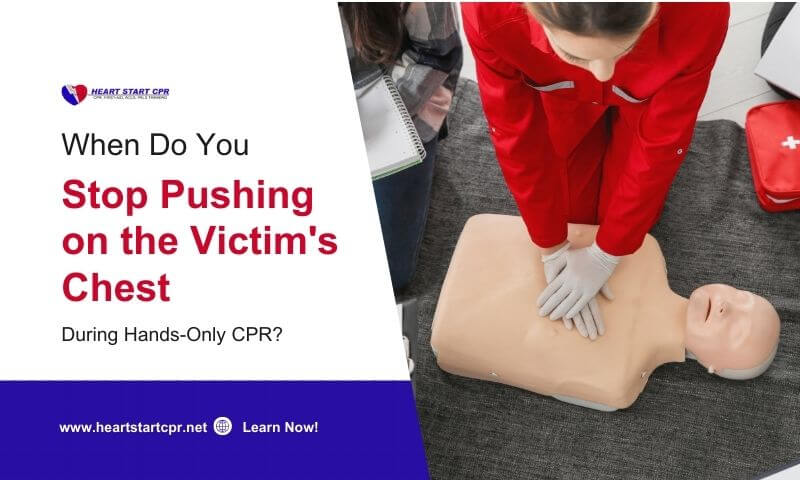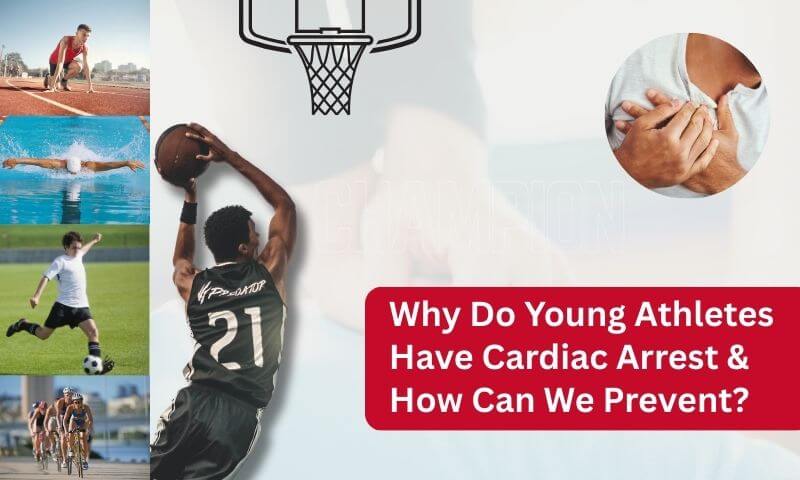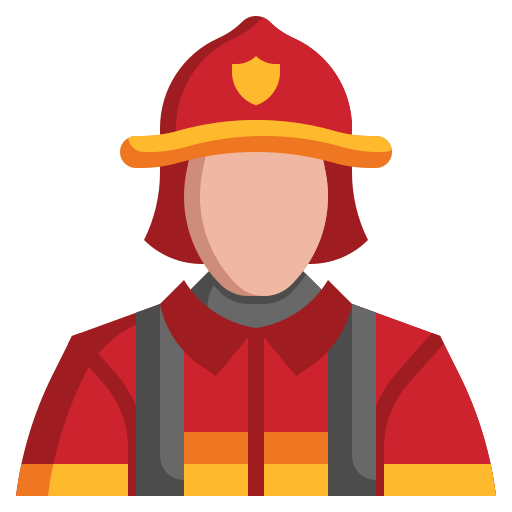If you ever witness a loved one having a heart attack, knowing what to do and the best position to place them in can make a life-saving difference. It’s equally important to recognize the warning signs of a heart attack and understand the steps to take both during the emergency and throughout recovery.
Heart attacks are a serious health concern, not only among older adults but also in younger populations. In the United States alone, about 805,000 people suffer a heart attack each year. Of these cases, 605,000 are first-time heart attacks, while another 200,000 occur in individuals who have already experienced one.
You may wonder whether lying down, sitting, or standing positions make a difference during a heart attack emergency. The truth is, yes, it does matter. Placing a person in the wrong position can worsen their condition and even increase the risk of a fatal outcome if not addressed quickly. This blog will help you understand the right position to keep a patient during a heart attack.
What is a Heart Attack?
A heart attack, also known as a myocardial infarction, happens when blood flow to a part of the heart muscle is blocked, usually by a blood clot or buildup of fatty deposits (plaque) in the arteries. Without enough oxygen-rich blood, the heart muscle begins to get damaged, which can be life-threatening if not treated immediately. Heart attacks are not limited to older adults. In many cases, poor diet and neglecting heart health can lead to heart attacks, cardiac arrest, or strokes, even in young athletes, children, and adults.
These episodes are typically triggered by a blockage in one of the arteries that supply oxygenated blood to the heart. The most common cause is plaque, a fatty substance that accumulates on artery walls, leading to a condition known as atherosclerosis.
What is the Safest Position for a Heart Attack Patient?
When responding to a heart attack, it’s essential to place the victim in the safest position to support their recovery and reduce strain on the heart. Many responders recommend sitting upright as the best position, as it helps lower pressure on the heart and makes breathing easier.
For individuals with existing heart conditions, such as heart failure or severe atherosclerosis, standing or lying flat can significantly increase risk. Ensuring the person is properly positioned can make a critical difference while waiting for emergency medical help.
Here are the safest positions during a heart attack:
1. Sit Upright with Back Support for Heart Attack Relief
The safest position during a heart attack is to have the person sit upright with their back supported. Make sure the victim is stable and comfortable while waiting for medical help.
Sitting upright helps reduce pressure on the heart, eases breathing, and can relieve chest pain. It also opens the chest and diaphragm, allowing the lungs to expand fully and improving oxygen flow to the brain and vital organs.
This position reduces the risk of choking if vomiting occurs, a common reaction during heart attacks. Additionally, the upright posture can ease the sensation of chest pressure or tightness. Encouraging slow, calm breathing and avoiding sudden movements further helps prevent additional strain on the heart.
2. Tilt Forward Slightly to Reduce Chest Pressure
Leaning forward slightly can help a person feel more comfortable during a heart attack. This position reduces chest pressure and makes breathing easier by allowing the chest cavity to expand more fully, improving oxygen intake.
Encourage the victim to remain calm and avoid sudden movements, which helps the heart and lungs function with less strain while waiting for emergency help. However, this position is not ideal for long periods, as leaning too far forward may make breathing more difficult. The key is to find a slight forward angle that feels natural and stable. If symptoms worsen or discomfort increases, gently return to a more upright, supported position.
Why Correct Body Positioning Matters During a Heart Attack?
A heart attack is a serious, life-threatening emergency that requires immediate attention. If the victim doesn’t receive timely treatment, the lack of proper blood flow can cause severe damage to the heart and other vital organs.
Proper body positioning during a heart attack is critical because it reduces strain on the heart, eases breathing, and improves oxygen flow throughout the body. When you place the victim in the right position can help prevent complications while waiting for emergency medical help, potentially saving their life.
Here are the reasons the correct body positioning matters during a heart attack:
1. Reduces Strain on the Heart
When you place a heart attack victim in the right body position, it can make a big life-saving difference. The correct position helps reduce the pressure and strain on the heart, allowing it to work more smoothly during the emergency.
When people with serious heart problems or weak heart muscles, this becomes even more important. Proper positioning lowers the heart’s workload, prevents extra stress, and helps blood keep flowing to important organs until medical help arrives.
2. Improves Breathing and Oxygen Flow
During a heart attack, victims often struggle to get enough oxygen into their lungs. Placing them in an upright or slightly forward-leaning position helps open the chest and diaphragm, making it easier to breathe. This ensures more oxygen reaches vital organs like the heart and brain, which is crucial in such emergencies.
The right position also helps the victim stay calm and breathe more steadily. This controlled breathing not only supports the body but also reduces unnecessary strain on the heart while waiting for medical help.
3. Prevents Choking or Aspiration
During a heart attack, the victim may suddenly vomit or start gagging. This can block the airway and make it difficult to breathe properly. When you keep the person upright or leaning slightly forward, it will help to reduce the risk of choking or aspiration.
This position keeps the airway clear and prevents vomit from entering the lungs. As a result, the victim can breathe more safely and comfortably while waiting for emergency medical help to arrive.
4. Eases Chest Pain and Discomfort
The right body position can help reduce chest pressure or tightness during a heart attack. By sitting upright or leaning slightly forward, stress on the heart is lessened, and blood circulation improves.
This posture can make the victim feel more comfortable and supported while waiting for medical help. It helps manage pain and makes it easier for them to stay calm in a critical situation.
Common Mistakes to Avoid During a Heart Attack Emergency
When responding to a heart attack victim, it’s crucial to act carefully and deliberately. Taking the wrong action or delaying help can worsen the situation and put the victim’s life at risk. It’s important to know the early signs of a heart attack or stroke a month before, can help you to be prepared to handle a life-threatening emergency. You must know what to do and what not to do during a heart attack emergency for the victim.
Here are the things to remember while helping the victim during an emergency:
- Ignoring Symptoms: Many people delay seeking help because they mistake heart attack signs for indigestion, stress, or fatigue. Never ignore chest pain, shortness of breath, nausea, or dizziness. Call emergency services immediately.
- Allowing the Person to Lie Flat or Stand: A victim lying completely flat or remaining standing can increase strain on the heart and make breathing more difficult. Always help them into a safe, upright, or slightly forward-leaning position.
- Delaying Emergency Help: Time is critical during a heart attack. Do not wait to see if symptoms improve. Call 911 or your local emergency number immediately.
- Giving Food or Water: Never give the person food or drinks, especially if they feel nauseated. This can increase the risk of choking or aspiration.
- Panicking or Encouraging Physical Activity: Stress and unnecessary movement can increase heart strain. You need to keep the person calm, still, and reassured until the EMT arrives.
- Failing to Monitor the Victim: Even if the person seems stable, continuously observe breathing, consciousness, and pulse. Be ready to perform CPR if they become unconscious or stop breathing.
Stay Alert and Ready to Help During a Heart Attack
In a heart attack emergency, staying calm, alert, and prepared can make all the difference. Sadly, we often see in the news that even young people lose their lives to sudden cardiac arrest and heart attack emergencies. Too many of these lives are lost because help arrives too late or the victim isn’t positioned or cared for properly. When you act quickly and with confidence greatly increases the chances of survival.
That’s why CPR training is so valuable to learn life-saving skills. If you are looking for the top-tier CPR training center in California, then trust Heart Start CPR. We are an AHA-certified training center delivering ACLS, BLS, and PALS courses to our students. Our experienced instructors will help you to gain the essential knowledge and hands-on skills to respond effectively when it matters most.
Take this step today to be prepared, because your action tomorrow could be the reason someone gets a second chance at life.

